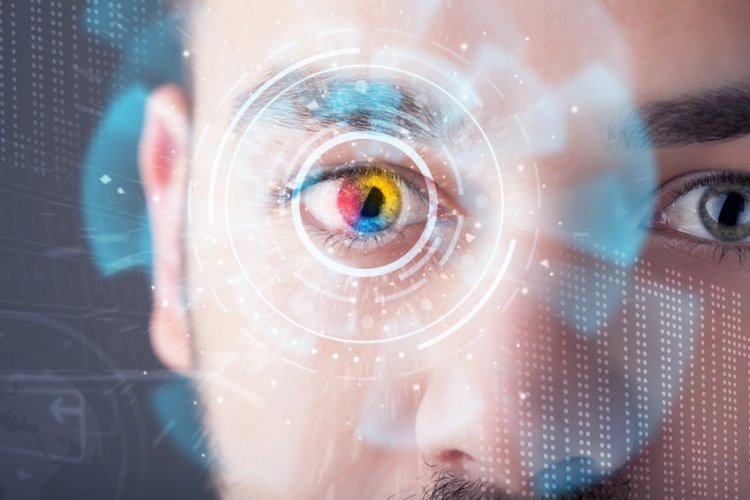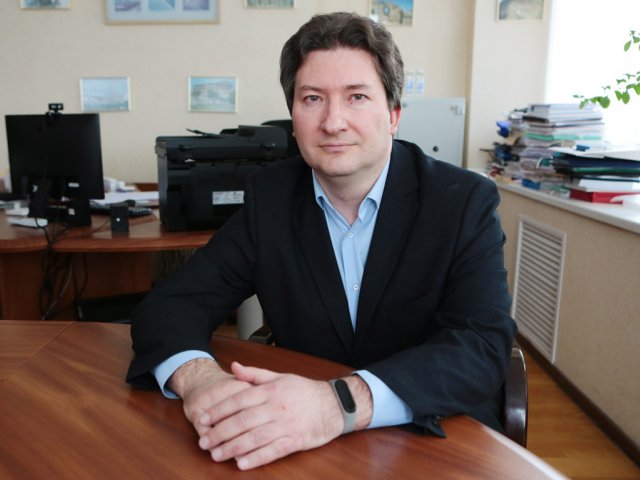Since the first passports came into use in the 17th century, identity verification technology has evolved from a paper document with a seal, which was easy to forge, to systems that can accurately determine if a person in front is the one they claim to be.
Photo: ra2studio / ru.123rf.com
Today, these systems are being implemented in identity documents: biometric data are used in Russian international passports and will be implemented during the transition to electronic internal passports. These development projects are also widely used in various security systems. Modern devices establish identity by analyzing finger and palm prints, retina and iris, handwriting and voice.
All biometric identification technologies follow the same steps. The first step is to record information about a characteristic that a device will later use as an identifier. This data is converted into a form to be processed by computers, for example, a digital code. The next step is to identify the unique attributes of a recorded characteristic; this data will later be used by the analytical system to match the information. Once the data has been loaded into the device memory, the system compares the data already stored in its database with the incoming data and delivers a conclusion about whether the identifiers match or not.
Hands
First of all, when it comes to biometrics, the first thing that comes to mind is fingerprints. The technology of this kind of identification is used in forensics; fingerprints are taken when applying for a Russian international passport, and almost all modern smartphones can be unlocked with a finger pad. Recognizing the subtle differences unique to each person's fingerprint, optical, capacitive or ultrasonic sensors convert the pattern of the finger into a set of dots and a code. At the same time, it is impossible to restore the fingerprint pattern from a code – it keeps the data secure in case of information leakage.
A more extensive recognition technology – based on the geometry of a hand – is used less frequently than fingerprint scanners. The main data for this kind of scanner are palm size together with length, width and thickness of fingers. The scanner builds a three-dimensional model of the hand. Finger curves, joint spacing and bone structure, as well as small details such as skin wrinkles, can be taken into account. Identity recognition systems based on a hand shape using modern devices are quite popular thanks to easy model creation. Furthermore, the data occupies a small volume of device memory, which accelerates the search.
Eyes
The eyes can tell a lot about a person, at the very least – if a person in front is the one they claim to be. This is not a metaphor: the iris and retina are unique to each person and technology has learned to record and analyze this information.
The iris between the cornea and the lens is a kind of natural diaphragm that regulates the amount of light entering the eye, while the pigments determine eye color. The uniqueness of the iris is in the composition of its structure. It consists of a reticular connective formation known as the trabecular meshwork. Grooves, furrows, wrinkles, and vessels of the trabecular meshwork form a unique pattern that is machine recorded. A camera photographs an eye, and these images are then layered into individual components – they identify the iris, its inner and outer boundaries. When filters are applied, phase information from the image is obtained to form a template for comparison with other samples.
Another way to recognize personality by scanning eyes is to analyze the retina. Its structure is unique because of the different arrangement of blood vessels and hardly changes throughout life, only if severe trauma cases take place. An infrared beam illuminates the retina and collects a complex image that is used to extract unique features. The retina provides information on up to 400 unique parameters, which form a template for future analysis and comparison.
Face geometry and thermogram
If you need to find a person in a crowd, for example, in the subway, there are face analyzing technologies at your service. This identification method is one of the leading types, yet it often acts as an auxiliary one.
It is possible to analyze the geometry of the face as a biometric identifier from a relatively long distance. The system automatically identifies and uses the most expressive and revealing areas of the face for comparison: the depth of the eye sockets, the height of the cheekbones, the contours of the lips, the distance between facial features. In order to create a unique template of a particular person, it is necessary to use up to forty distinctive features. At the same time, the template must also function in the case of head rotation or different lighting conditions. The disadvantage of the system is its sensitivity – if you wear glasses or grow a beard, the system may not respond to the preset pattern.
There is an experimental way to establish a person's identity from a face – a thermogram analysis. The face is scanned with infrared light to create a temperature map. The uniqueness of thermograms is determined by different vein and tissue structures of a person. Unlike face geometry recognition, this method can distinguish between twins. The accuracy is not affected by plastic surgery, body temperature or aging. But so far, this method is so not widespread in the world.
Smell
Scientists are still creating biometric technologies based on new parameters, not yet fully explored in this field. For example, some scientists suggest using body smell as an identifier: the researchers claim that neither disease, nor age, nor lifestyle can change the unique pattern of "scents" for each person. Experiments with a special sensor have shown that soap or perfume cannot trick the system.
Another idea that has not yet been massively applied is to use human sweat as a biometric parameter. Scientists suggest that it is possible to design machines that will record and analyze the information by using the unique chemical composition of amino acids secreted by the glands, which will allow creating individual templates.
Based on open sources
Photo: ra2studio / ru.123rf.com






















